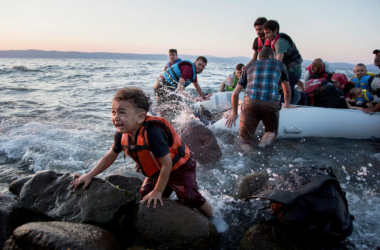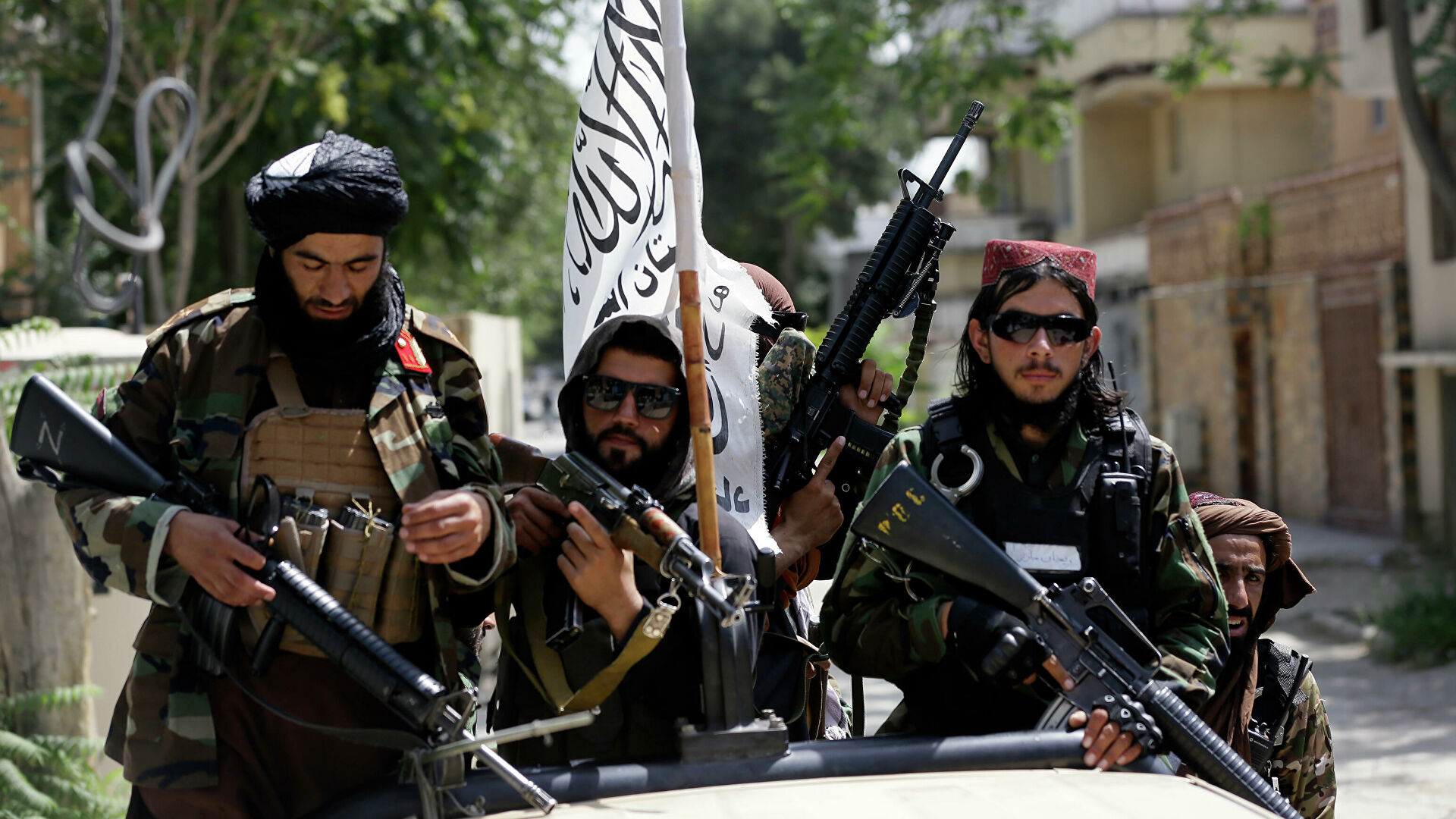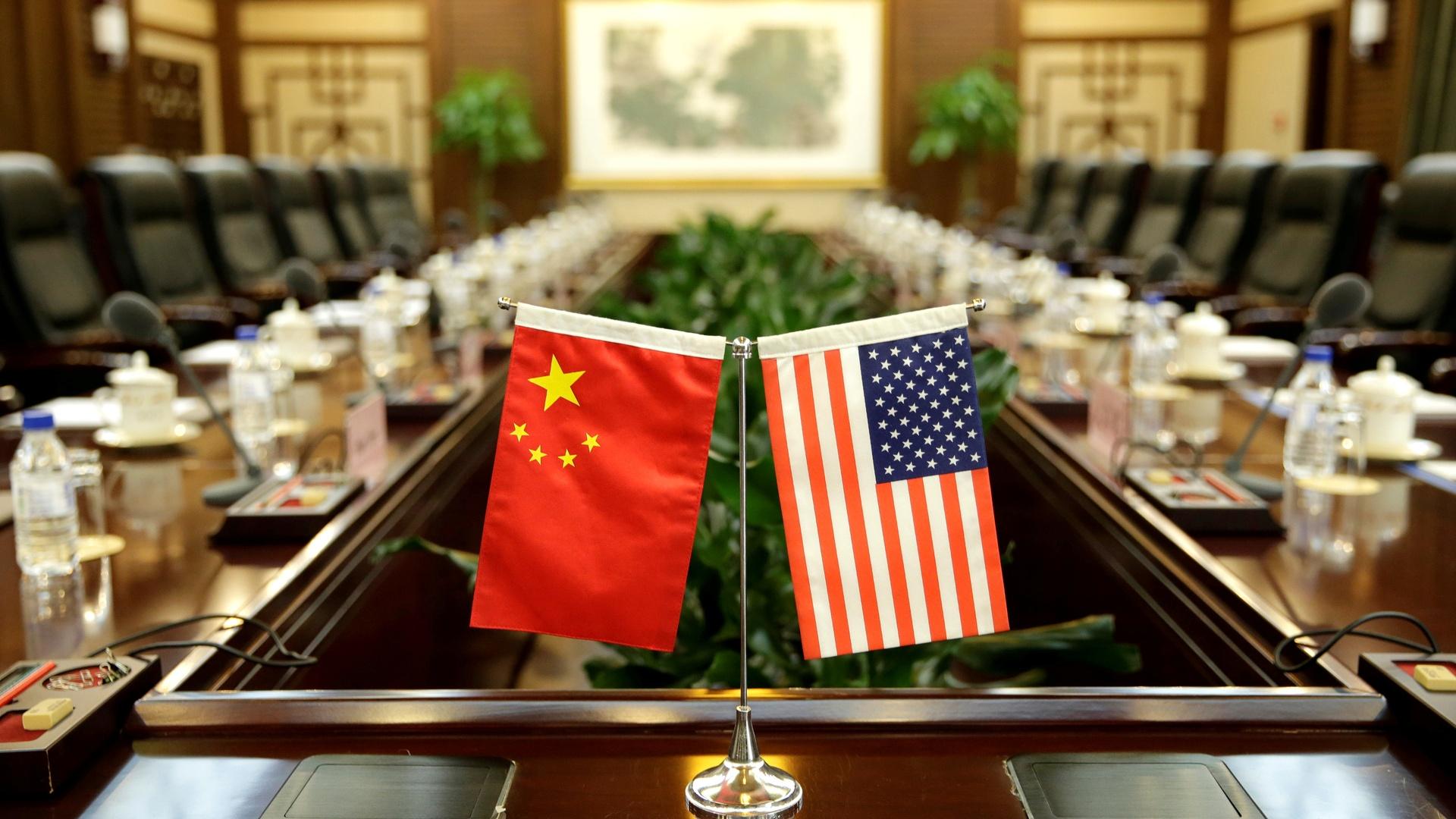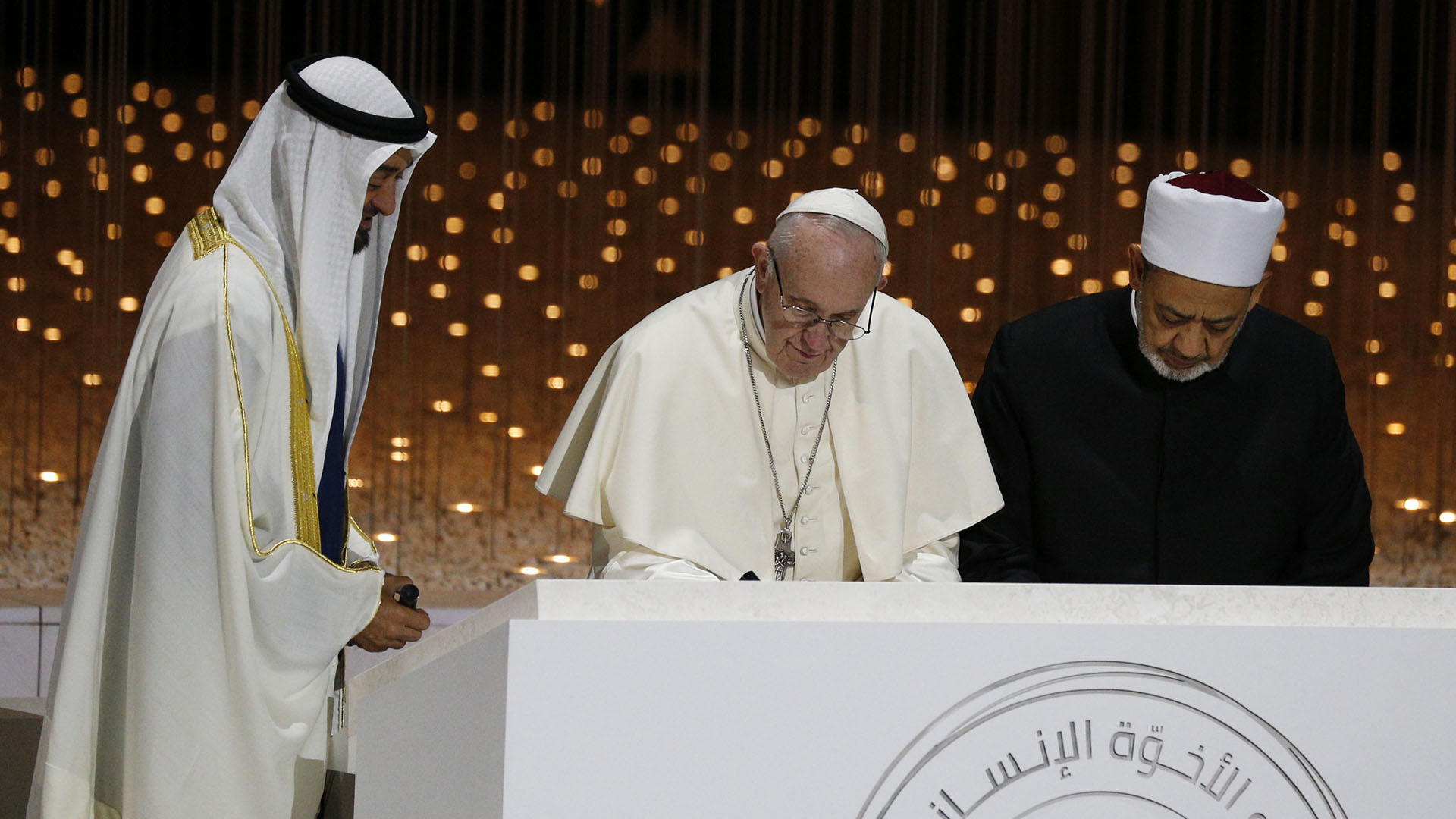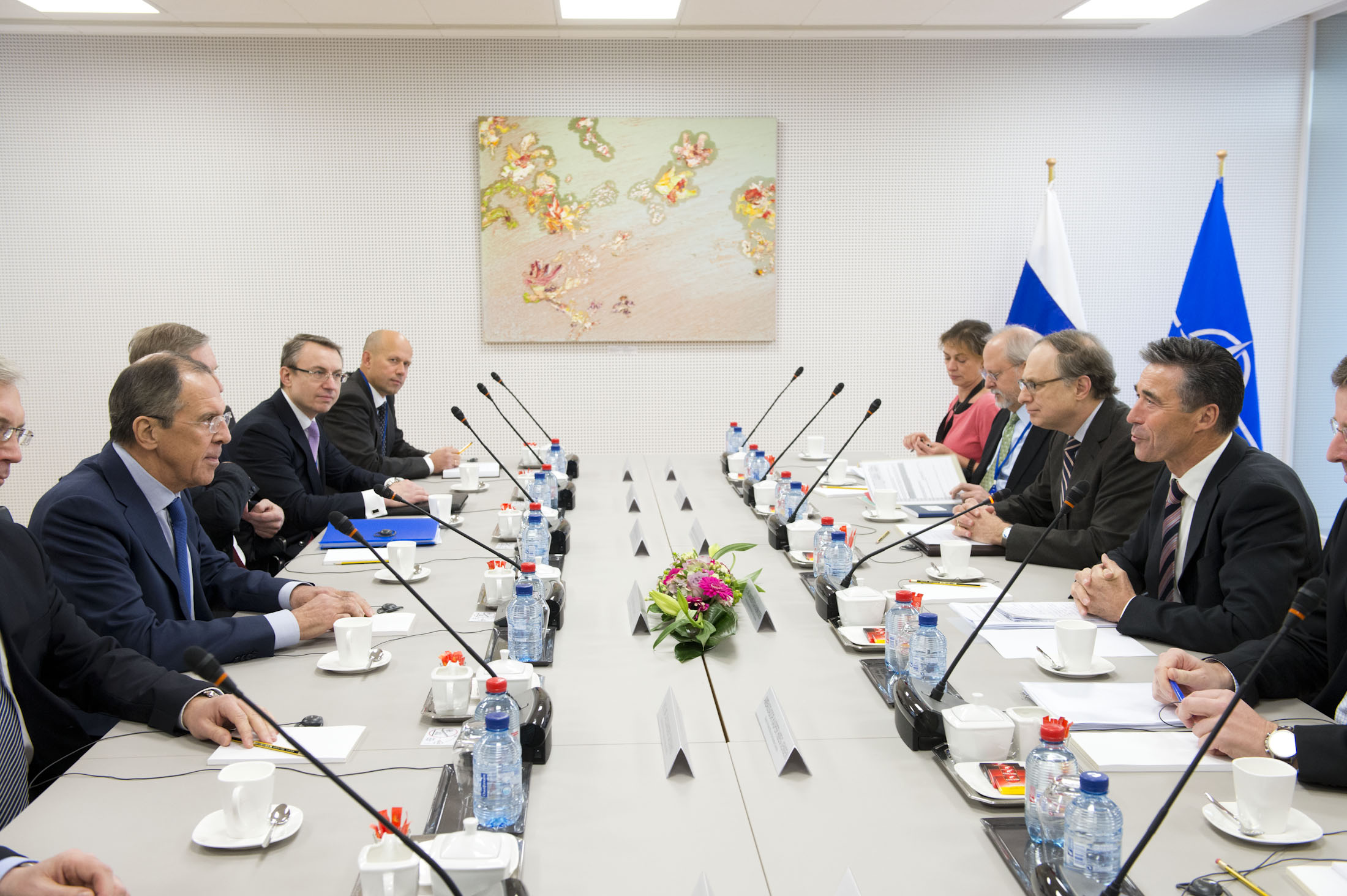Original version of this article has been published in DefenceTurk.net. The FEAS Journal publishes joint articles in both platforms in cooperation with Defence Turk. © Copyrights of this article have been shared with The FEAS Journal.
Upon the Operation Spring Shield launched by Turkey on February 27th, Turkish Armed Forces (TAF) has excelled at the coordination of manned and unmanned system in the field, resulting in a high-level operational success.
With modern systems of today that were used, the operation also exhibited a scene from the wars of future in terms of type and doctrine.
“A New War Doctrine”
Upon the beginning of Operation Spring Shield, we ,for the first time, witnessed such actively use of autonomous systems against a relatively regular force. As it can be inferred from the footages released by Ministry of National Defense, TAF is evidently capable of simultaneously managing more than one autonomous aircraft in tandem with other manned and unmanned systems on land and in air. The capability of conducting so extensive an operation with manned and unmanned systems is now beyond imaginaton for many countries and TAF has proved able to have such power at its realm.


The ability to bring manned and unmanned under an interoperable structure and operate in between spawns innumerous advantages for the force in possession of such a structure. It is not thorough to calculate these advantages with numbers merely. The fear and pressure exerted by the operation on the opponents in the field evolve into a weapon of psychological war. To be more precise, there exists a force capable of advertently destroying you wherever it is positioned and whenever it has a taste for that. You would have no chance to hide or run. Further, you would succumb to such force even if you could run. How could you fight against such a power when you faced it?
Interoperability and Human-Machine Cooperation
Defining the major extent of power TAF holds on the basis of these two concepts is of great assistance to us in grasping the nature of this power. These concepts are “Interoperability” and “Human-Machine Cooperation”.
Interoperability is to establish a commucation between manned and unmanned systems through a common network, make a common analysis and interpretation of data, reach a consensus based on this analysis, implement this decision by means of the common network and, at final stage, compare outputs with others for further analysis.


Central to interoperability structure is founding communication between thousands of people and machine, and deciphering each other in order to coalesce into a body. The presence of such a structure signifies the integration of thousands of people and machine in a way that it can think and act like one single human lacking emotions, which harbours some peculiar challenges in itself. This human necessitates proper functioning and coherence of organs, instant decision-making of neural system and reflex development, thereby adaptation of mindset to this system.
In a human body, the ability to think and act entails simultaneous and interoperable functioning of multiple organs, transmission of data to brain and as a consequence of this process which will end in brain, making a move. Likewise, a fully interoperable structure serves the same purpose in an army.
Requisities of Interoperability
Interoperability has some requisities. TAF is in possession of many of them or aims to be. These requisites are as follows:
- Open and Common Work Architecture: This structure of work encompasses a work architecture where different units in a force can simultaneously analyze data and share outputs extracted from the analysis of data with other units and reach a decision.
- Modularity: One of the most fundamental requisites of interoperability between manned and unmanned systems is modularity. The adaptation of modular structures to speedy use will enhance the operating frequency between manned and unmanned systems.
- Data Communication Integration: It is essential to transfer the capability of surveillance, target acquisition and reconnaissance (STR) into other manned and unmanned systems and make analysis which requires a great data communication integration.
In my opinion, TAF partially possesses all of what has been listed above. Therefore, we are capable of conducting such effective operations with such low costs in Syria. The ability to ensure simultaneous interoperability of autonomous systems during the Operation Spring Shield arises from the fact that TAF incorporates these systems.


Human-Machine Cooperation
Due to its interoperable structure, TAF has gained impetus in human-machine Cooperation.
Human-Machine Cooperation is based on two concepts. These concepts are as follows:
- Human-Machine Interface: Human-Machine Interface (HMIs) is the mechanism in which people manage the data extracted from machines. It is reasonable to say that as this mechanism gets more and more effective, particularly, the military operations will culminate in a greater success.
- Human-Machine Teaming: It seeks to bolster the system in terms of survival and situational awareness, via a synchronized network, along with land, sea, air, amphibious and civilian manned/unmanned systems. Human-machine teaming also aims to gain the capability of fighting, which is embedded in the nature of humans, through manned and unmanned systems and thus the ability to struggle against the asymmetric disadvantages.
This operation conducted by TAF is a preview of the wars of future. With this preview, we will witness the development of artificial intelligence, autonomous techonologies, sensors and data transfer technologies, training qualified personnel to use all these tools and far more intense and effective use of these methods in the field. The fact that TAF has taken some steps for the future of war is a brilliant success.
written by KADİR DOĞAN & translated by SERAY GÜLDANE for DefenceTurk.net
You can reach the original version of the article from the link below: https://en.defenceturk.net/operation-spring-shield-looking-into-the-combat-environment-of-the-future/


